Dr. Andrew's Corner #2 - All About Stretching
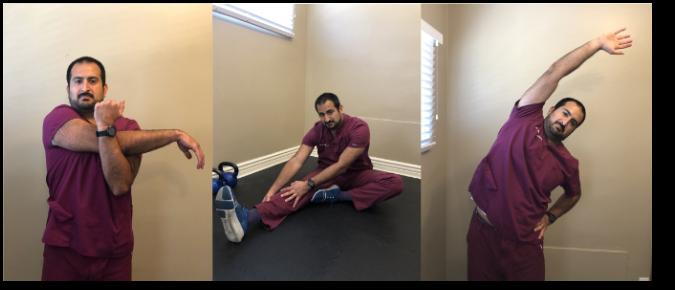
- posted: Feb. 23, 2021
This issue is brought to you by Dr. Andrew Gutierrez, DC., CCSP
For those of you who haven't met him yet, Dr. Gutierrez has been working with Bay Chiropractic for almost a year now. He has been in practice since 2009 after graduating with his doctorate of chiropractic from Southern California University of Health Sciences. He earned his Bachelor of Arts degree from Occidental College where he was a 4-year letterman in football. He furthered his education in sports chiropractic and earned his certification as a Certified Chiropractic Sports Practitioner® (CCSP®) from the American Chiropractic Board of Sports Physicians. As a sports chiropractor, he specializes in the diagnosis and treatment of extremity injuries in addition to his expertise in treating the spine.
Dr. Gutierrez maintains an active lifestyle as an avid cyclist. He has been obsessed with sports as long as he can remember. He has competed in soccer, baseball, track and field and football. You will often find him riding his bike in the Santa Monica Mountains, along the coast, or speeding around town with his Velo Club LaGrange mates. He currently resides in Culver City with his wife and two daughters.
LETS TALK ABOUT STRETCHING
The medical definition of stretching is “a form of physical exercise in which a specific muscle or tendon (or muscle group) is deliberately elongated in order to improve the muscle's felt elasticity and achieve comfortable muscle tone.” Seems simple enough; however, it is not universally known that there are multiple types of stretching. The two most prevalent are static and dynamic stretching.
STATIC STRETCHING
Static stretching is the most common type of stretching and is what most people would normally consider “stretching”. It involves lengthening a muscle or group of muscles by holding a position for a period of time usually ranging from 15 to 60 seconds. Here are some examples:
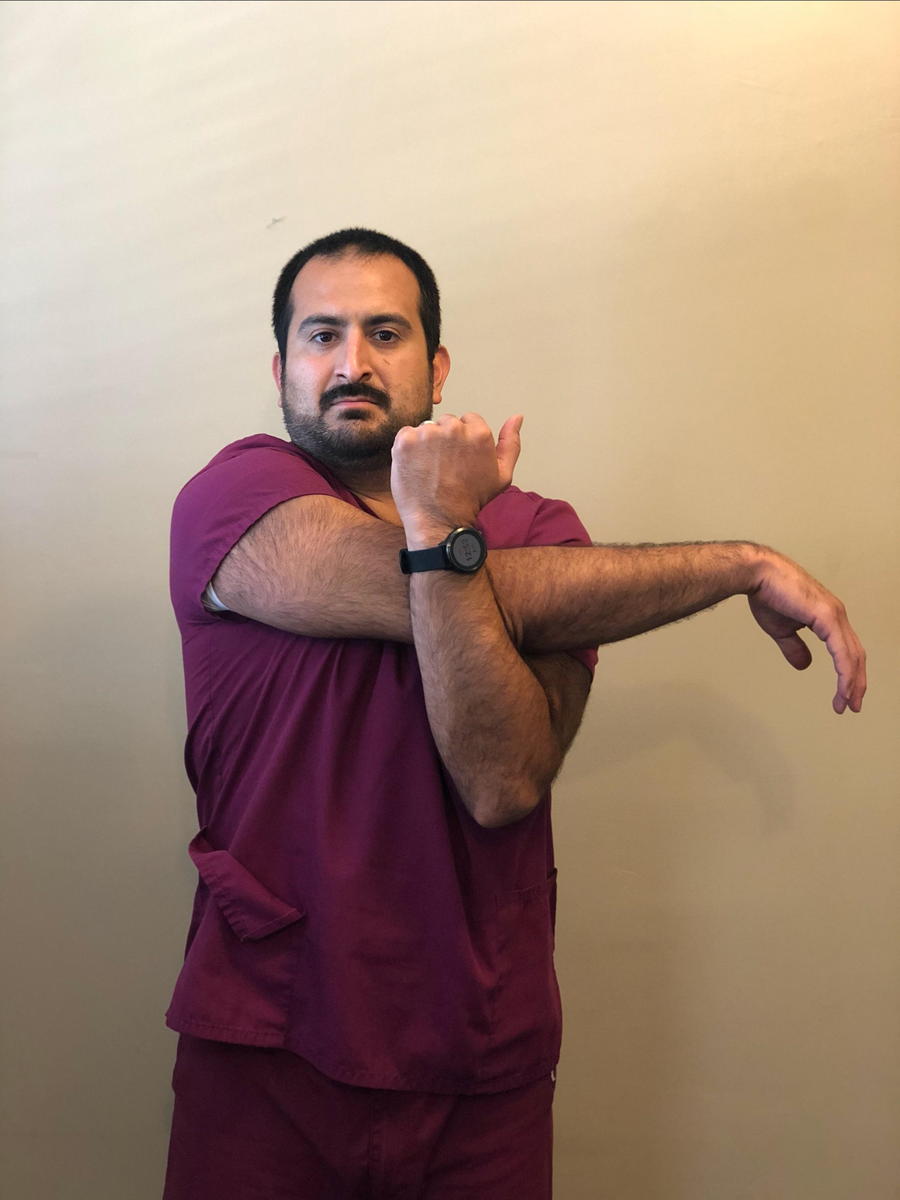 Shoulder stretch: Hold your left arm straight in front at shoulder level. Move your hand to the right while reaching under your arm with your right hand and securing your left shoulder. Pull the shoulder to the right to follow the momentum of your left hand. Repeat with the opposite arm.
Shoulder stretch: Hold your left arm straight in front at shoulder level. Move your hand to the right while reaching under your arm with your right hand and securing your left shoulder. Pull the shoulder to the right to follow the momentum of your left hand. Repeat with the opposite arm.
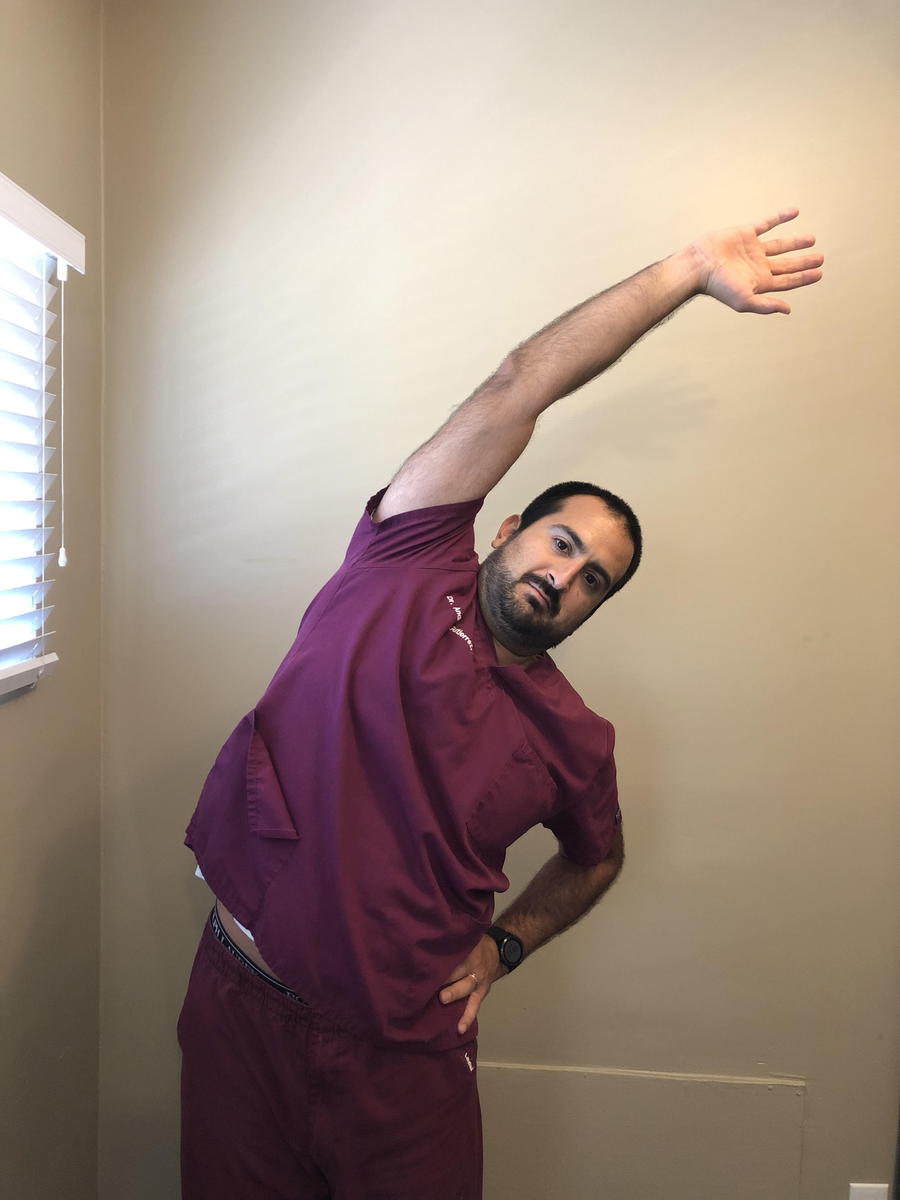
Side bends: Stand with your arms raised straight over your head. Bend to the right, keeping your arms straight, and then repeat to the left.
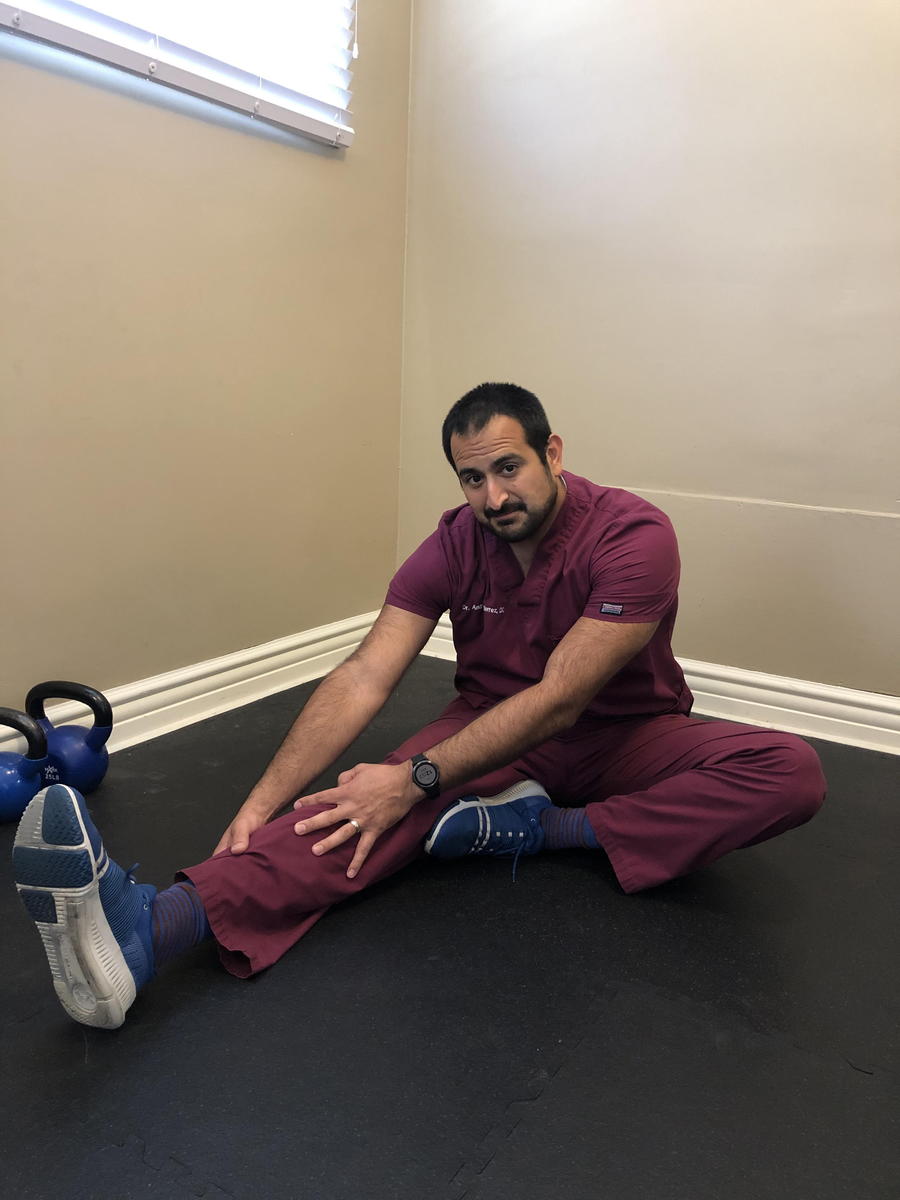
Hamstring stretch: Sit on the ground with one leg straight out and the other bent so the bottom of your foot touches the opposite knee. Reach toward the foot of the leg that is held straight. Repeat with the opposite leg.
Static stretching has been used by athletes for years and for a long time was thought to have had major benefits as far as injury prevention and sport’s performance goes. This, however, has recently been debated and proven false. Static stretching has gone from being the best way to warm up to something that should be avoided. Research in the 1980’s found that static stretching before exercise could decrease muscle power. Static stretching is still a safe and healthy way to lengthen muscle groups but has actually been found to decrease an athlete's sport’s performance if engaged in prior to physical performance. Some sports such as soccer are against static stretching because of the research supporting this. However, other research suggests that static stretching has been found to effectively increase flexibility and range of motion. Static stretching doesn’t increase heart rate or blood flow, which makes it less than ideal to “warm up”. It actually helps to slow heart rate which is why it is good for a post-exercise routine. Static stretching still helps to lengthen muscles and maintain range of motion but also helps to bring your heart rate slowly down to a normal resting rate which is more appropriate for the “cool down”.
DYNAMIC STRETCHING
Dynamic stretching is a more functionally oriented stretch. Sport specific movements are used to move the limbs through greater range of motion. It involves whole body movements and actively moving a joint past its range of motion without holding the movement at its endpoint. This is usually repeated around 10-12 times. Here are some examples of dynamic stretching:
Arm circles: Let your arms drape to your sides and rotate them in circles, either forward or backward, gradually lengthening the circle. (sorry no pics for this one!)
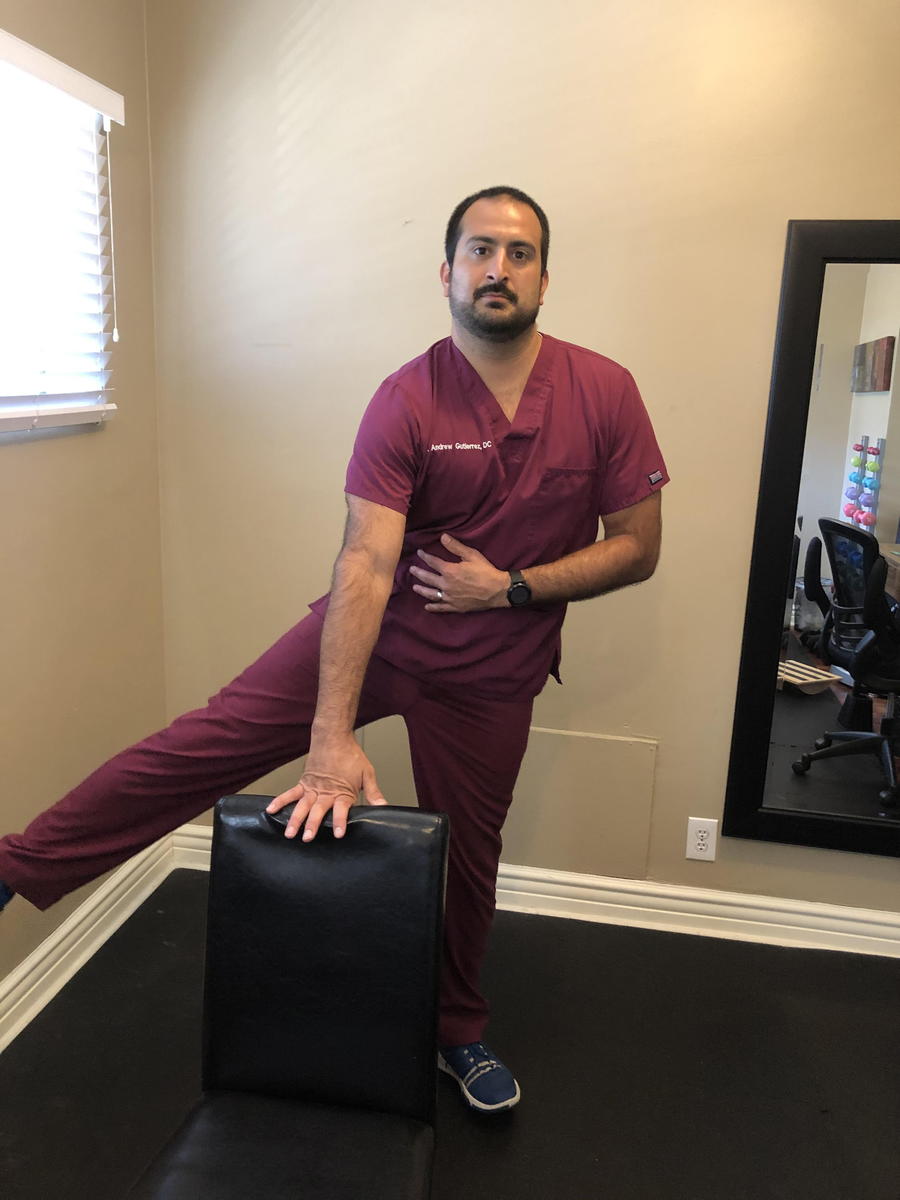
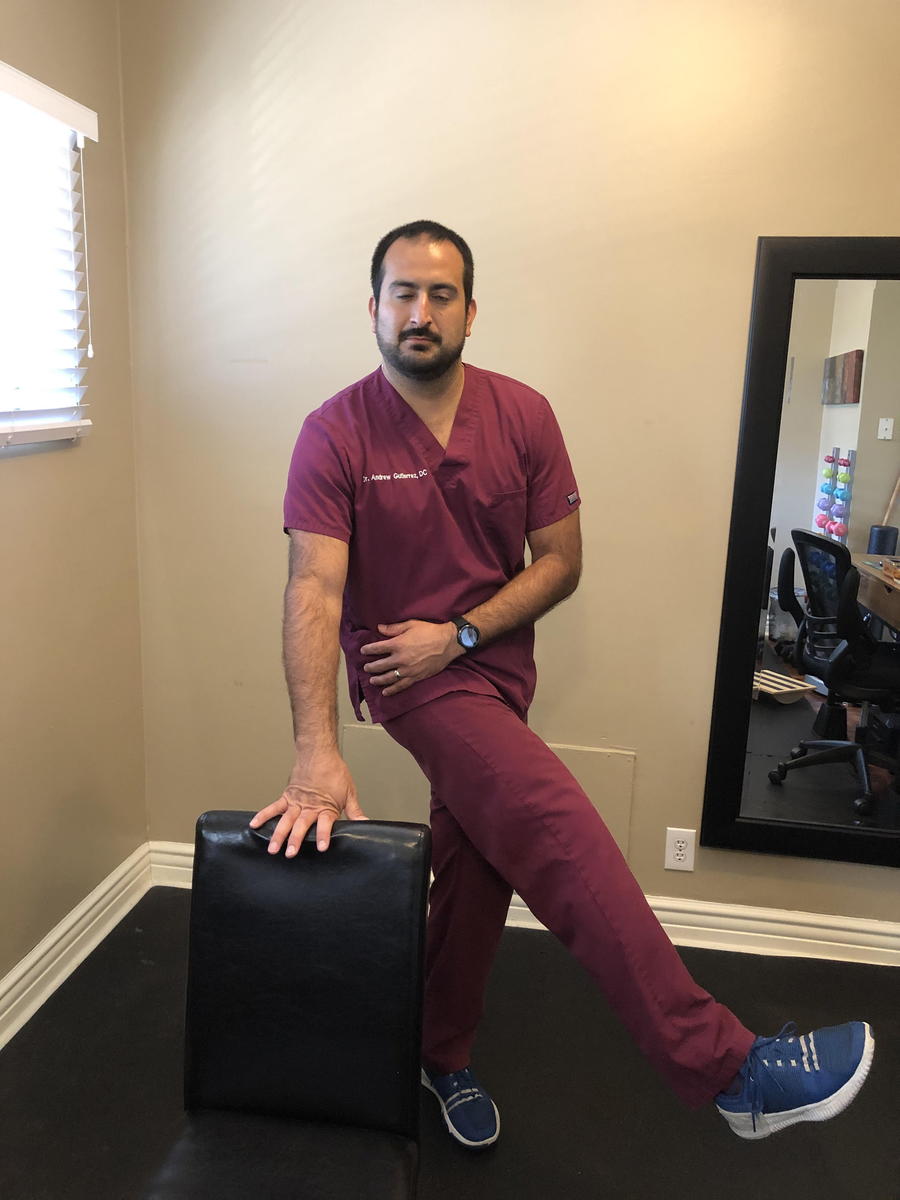
Leg swings: Face a wall, using it for support as you stand on one leg. Gently swing the opposite leg side-to-side to a gradually increasing height.
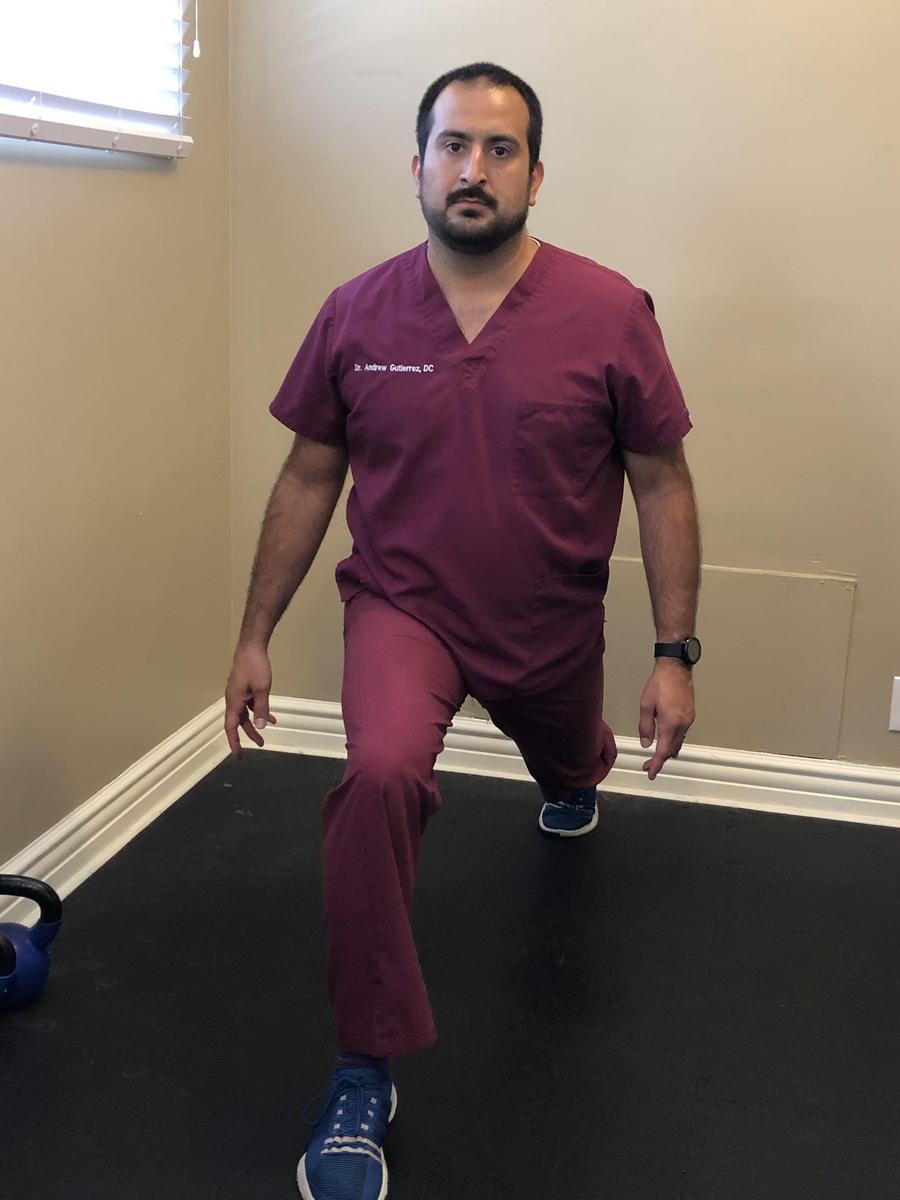
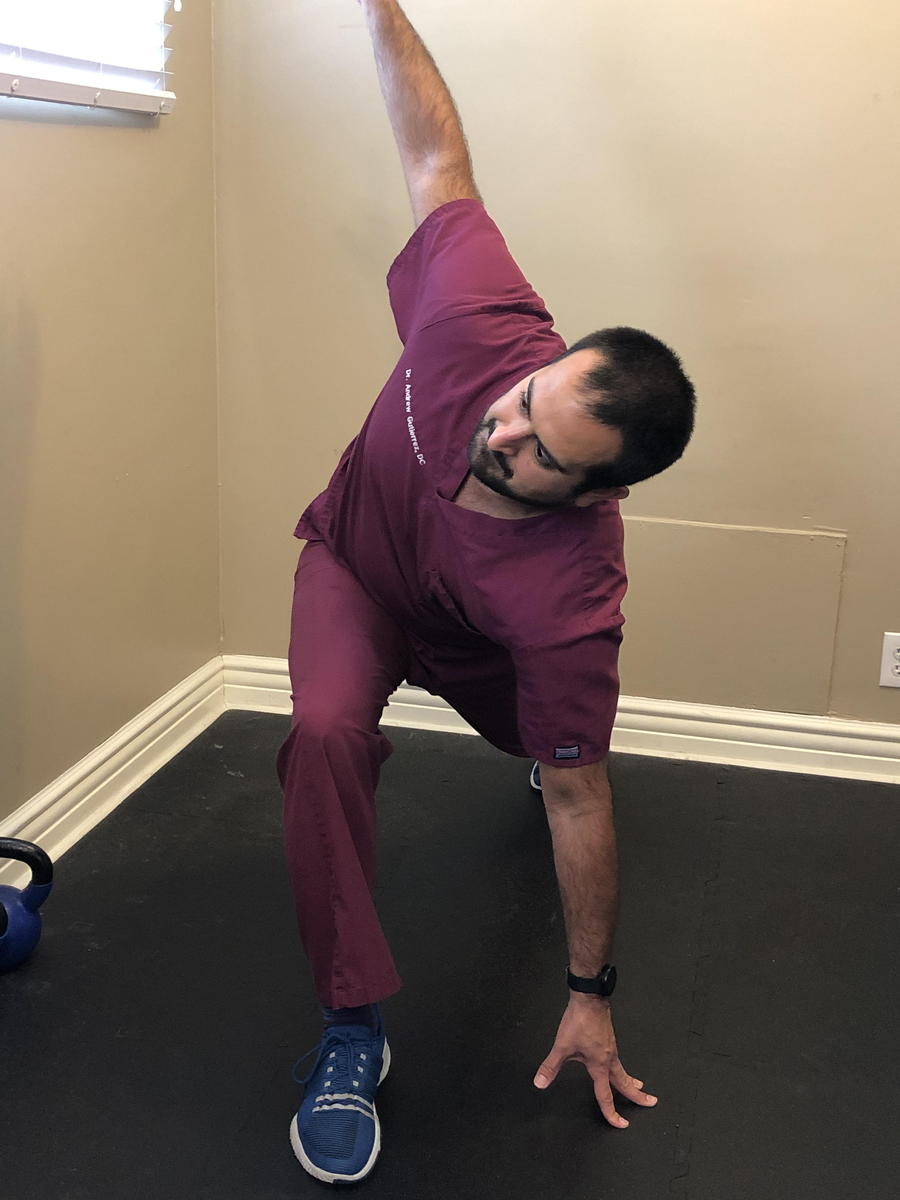
Lunge with a twist: Standing, take a step forward with your right foot and reach your left hand across your body toward the ground. Return to the starting position and do the same with the other side.
Dynamic stretching is a relatively newer form of warm-up that requires more thoughtful coordination than static stretching and has caught the interest of many athletes, trainers and coaches around the world. Research has shown that dynamic stretching is effective for increasing flexibility, maximal muscle strength, sprint and vertical jump performance. It is an active type of stretching and involves many different types of controlled stretching movements. When engaged in prior to exercise, it is believed to have many benefits when it comes to sports performance. It helps to increase blood flow, range of motion and also your awareness when it comes to joint position. By stretching and slowly increasing blood flow to those muscles you are gradually preparing your body for exercise. Dynamic stretches will stimulate reflexes in your tendons and muscles, and can also help your body recognize, through movement, its position in space, rather than relying purely on visual cues.
STATIC STRETCHING VS. DYNAMIC STRETCHING
So, static stretching vs. dynamic stretching, which is best? In all honesty, it’s difficult to suggest what is right for a particular person. For many years experts recommended stretching before any workout, activity or sport. It was thought stretching beforehand would reduce injury risk and prepare the body for any strenuous effort to come. In fact, it was typically the only time people did stretch.
It is easy to understand why athletes, trainers and coaches are reluctant to use static stretching when the research is so persuasive.
Lack of flexibility seems to be a causative factor in gradual-onset injuries that plague today’s athletes. These overuse problems seem to relate strongly to long-term tissue changes that don’t necessarily respond to dynamic stretching.
An active warm-up including dynamic stretching before a workout and static stretching after seems to be the ideal approach.
Check back in October for more sports medicine related information.
If you have any questions or would like to set an appointment please don't hesitate to contact the office at 310-993-8482.
Dr. Andrew Gutierrez, DC CCSP
Santa Monica Chiropractor
Bay Chiropractic & Rehabilitation
310-993-8482
Office Hours
Our Regular Schedule
8:00 am - 5:00 pm
8:00 am - 5:00 pm
8:00 am - 5:00 pm
8:00 am - 5:00 pm
8:00 am - 4:00 pm
9:00 am - 12:00 pm
Closed
Location
Find us on the map
Bay Chiropractic & Rehabilitation
1212 5th St Suite 300
Santa Monica, CA 90401

